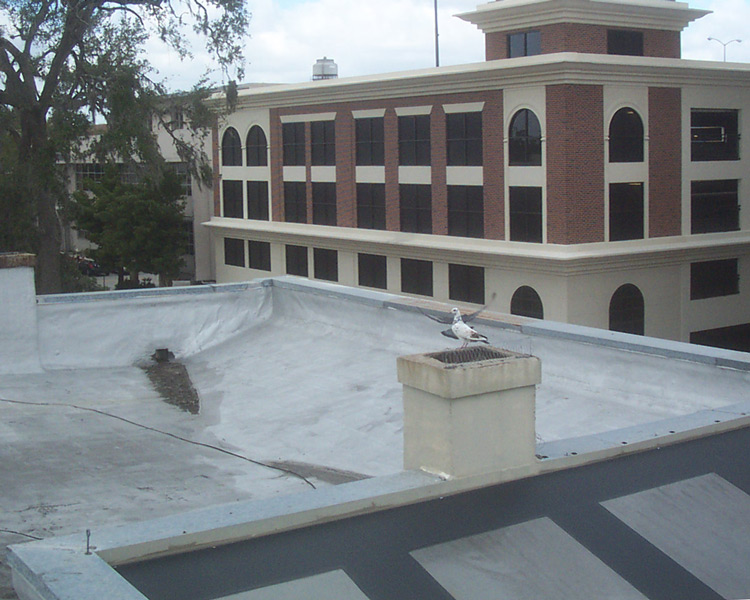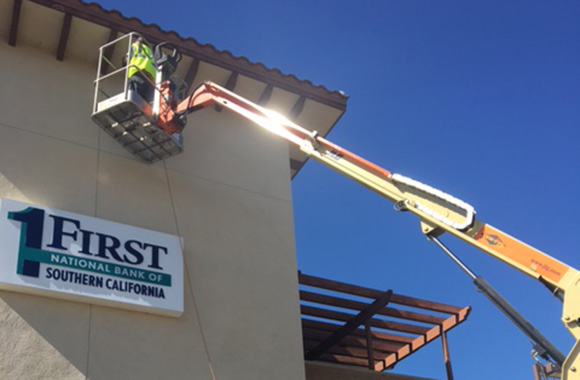How to inspect a house for bird entry holes
Inspecting a house for bird entry holes is an important step in keeping these pests away. To be able to perform all necessary repairs, first, you are going to carefully inspect your entire home for any spots that are large enough for a bird to get through. You will do this by observing different sections of your home carefully and taking notes of any spots that look like they might need repair. Not only your house, but the exterior of your house as well, needs to be carefully inspected so that you could fix any damage you discover along the way. There are several sections of a home you are going to have to pay special attention to if you want to inspect your home properly.
At the beginning of your inspection, you should examine the exterior of your house firs. By examining your home outside towards inside, you’re going to get the fuller picture of exact areas and spots that birds might use to get inside. This means that you should begin with inspecting the outside spots of your home first, like foist, chimneys and balconies. After you do this, you can move on to inspect the interior of your house and spots like attic, roof and window frames, as well as the inside of your balcony.
Fences and front yard, although possible to become a home for bird invasions, are not important as the proper inspection of the exterior and interior of the house. However, keep in mind to examine these spots as well. When it comes to front and back yard, the very first thing that will attract birds is trash and food remains. Even though your focus should be on sealing your home, don’t ignore the obvious, in case you notice any piles in your front yard that might attract birds. Fences are no less important, because birds that initially gather around fences might invade your house later on. Don’t forget to note if you see any birds gathering around your fences, or any spots in your fence that look like they could use repair.
Porches are one of the places that birds will visit frequently. Usually, birds have an easy access to these places. However, you should still examine them to see if there are any piles of bird feces in particular spots. These spots are most likely those that attract the birds the most. You should note these spots as well, so that you can modify them later on to keep the birds away.
Foists are the next area to pay attention to. There are a lot of bird species that will nest in foists. Not only that foists provide shelter from plain sight, they also shelter bird nests from weather changes, rain and cold. It is very possible that there could be multiple bird nests under your soffits, but you haven’t really paid any attention to them before. Birds’ nests in foists can be very small and hard to spot, which is why you should take time with this step and be thorough. You should also check if there are any spots underneath your soffits that are cracked or rotten. Often, birds’ nests spread moist around the areas in which they are build. This can damage the infrastructure of your home, as well as cause moist and molt to grow in the inner parts of your walls.
Chimney top is another important spot to inspect. Many of the bird species will build nests in chimney tops. Because of their shape and position, chimney flues allow the birds to make their nests pretty quickly and easily. In addition to that, nests are then hidden from plain sight and inaccessible to other animals. In most cases, small animals that hunt birds are not able to access chimney flues. Although bird nests in chimney flues are hard to spots, they are a serious safety risk. If they catch on fire from the burning stoves, they can be a fire hazard.
Inspecting from the outside in, pay attention to the exterior of the roof of your house. Any noticeable holes and gaps are potential bird entry holes. Pay attention to the spouts and inspect them to see if there might be small bird nests inside them. If spouts clog due to bird nests, the excess water might poor down the walls of your house and possibly cause damage.
When it comes to the interior inspection of your house, attic and balcony are the spots to pay attention to. Attics are most likely spots in which birds like pigeons and crows are going to seek shelter. Larger amount of bird feces in your attic suggests entry spots that allow a large number of birds to get inside. Inspect your roof and attic from the inside, looking for any spots that birds might use to get inside. Spotting birds in your balcony shouldn’t be difficult. Birds in balconies leave a large amount of feces and might build nests near balcony soffits and spouts.

You should start inspecting your home from the outside. Look around the property. Can you see birds — roosting, flying around, etc. Can you see nesting material? Piles of bird droppings?
These are all signs that birds are active in that area. The more you see, the more of a hotspot that area is. That’s where you will want to focus your attention, but you shouldn’t limit your inspection to just those areas.
If you can get up on the roof, you should inspect it. Are there areas of damage? How does the guttering look? Again, can you see evidence of bird activity? All of these areas must be noted.
The attic should be inspected, asking the same questions as before. Can you see light beaming in from the sunlight outside? Holes can often be spotted inside that can’t be spotted outside. It is recommended that you wear a mask in the enclosed attic space. Dried bird droppings can send disease-causing pathogens into dusty, airborne material that you can inhale.
Inside the home, you will want to look systematically through each room, keeping your eyes peeled for areas of damage. Chimney breasts are an often overlooked area. You will want to listen out for sounds of scuffling, chirping, etc. A nest of youngsters will call out for their mother when they are hungry.
It’s easy to miss important signs of a bird problem when you’re looking at your own home. It is recommended that you hire a professional.



